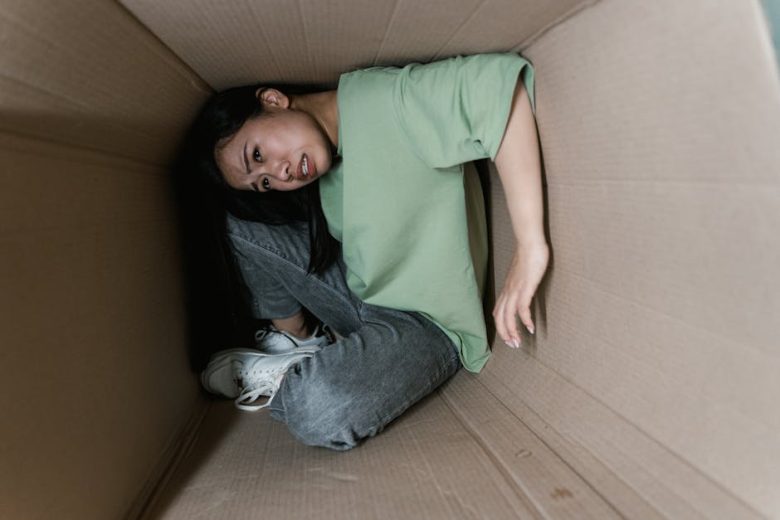As cities continue to expand and populations surge, the importance of urban green spaces becomes increasingly evident. These areas, which include parks, gardens, and green roofs, play a crucial role in enhancing the quality of life for urban residents. But how exactly do they transform city life? The benefits extend beyond mere aesthetics; they touch on public health, environmental sustainability, and social cohesion.
Urban green spaces serve as vital lungs for cities, improving air quality and providing residents a respite from the hustle and bustle of urban life. Studies have shown that areas with ample greenery can significantly lower levels of air pollution, which is a critical concern in densely populated environments. Moreover, these spaces offer a unique opportunity for biodiversity to flourish amidst concrete and steel, creating habitats for various species while also serving as a reminder of nature’s resilience.
Another key advantage of urban green spaces is their impact on mental health and well-being. Access to nature has been linked to reduced stress levels, improved mood, and even enhanced cognitive function. Parks and gardens provide a serene environment for relaxation and social interaction, allowing individuals to escape from the pressures of urban living. This connection to nature fosters a sense of community, encouraging residents to engage with one another and participate in local activities, ultimately enhancing social bonds.
In addition to health benefits, urban green spaces contribute to environmental sustainability. They help manage stormwater runoff, reduce urban heat, and mitigate the effects of climate change. Green roofs and urban gardens can absorb rainwater, decreasing the burden on drainage systems during heavy rainfall. By incorporating more greenery into urban planning, cities can create resilient infrastructures that adapt to changing climates while promoting ecological balance.
Economic benefits also emerge from the presence of urban green spaces. Neighborhoods with parks and recreational areas tend to attract higher property values and increased foot traffic to local businesses. They serve as focal points for community events and activities, drawing people together and stimulating local economies. Furthermore, investment in green spaces can lead to job creation in landscaping, horticulture, and environmental management sectors, contributing to the overall economic health of a city.
In conclusion, urban green spaces are not just a luxury; they are essential components of healthy, sustainable cities. They offer numerous benefits, including improved air quality, enhanced mental health, environmental sustainability, and economic growth. As urban populations continue to grow, prioritizing the development and maintenance of green spaces will be crucial for fostering vibrant, resilient communities that thrive in harmony with nature. The transformation of city life through these green oases is not merely a future aspiration; it is a pressing necessity for the well-being of urban residents and the planet alike.



